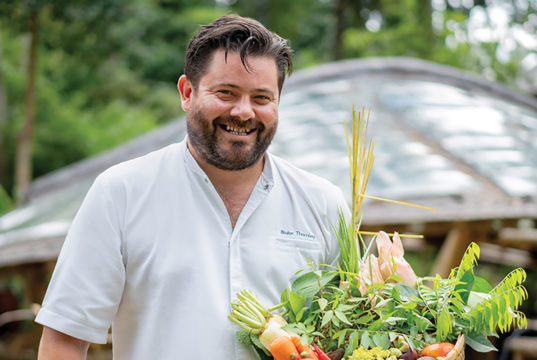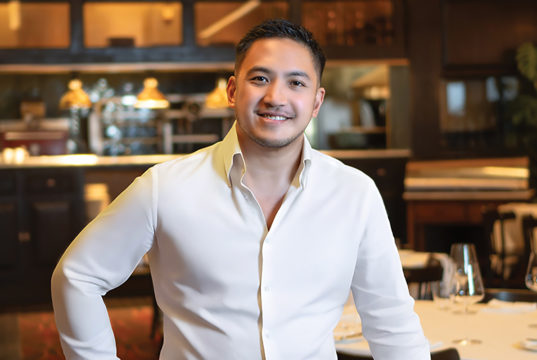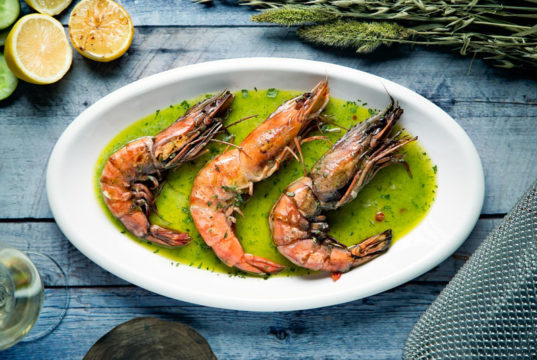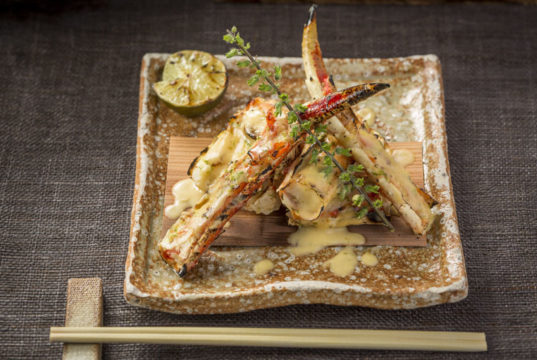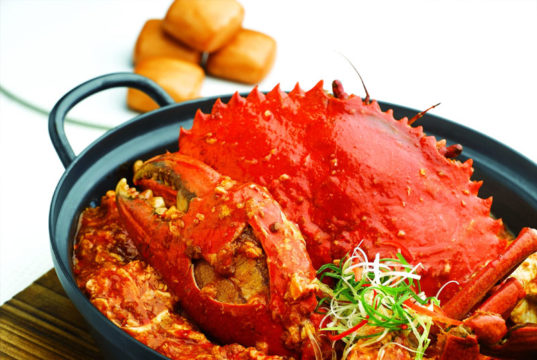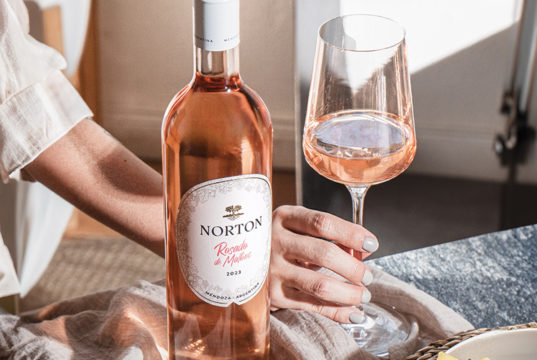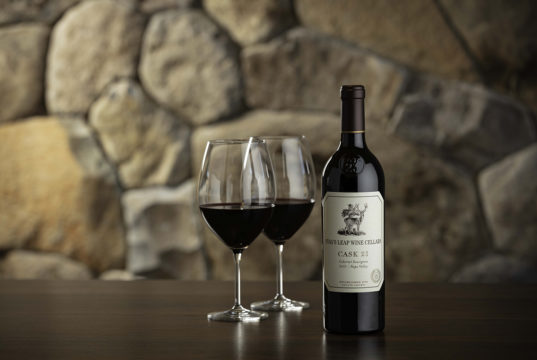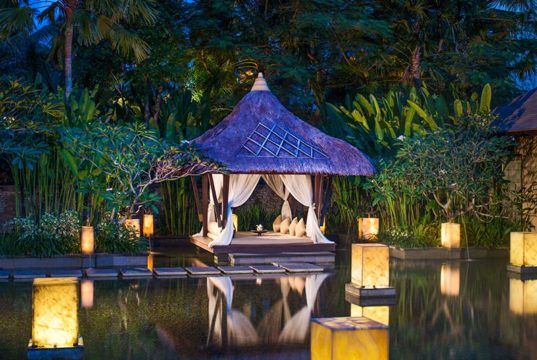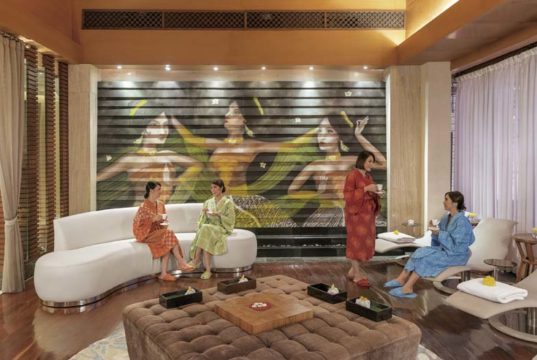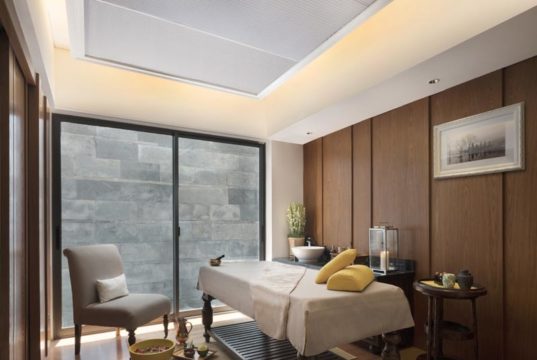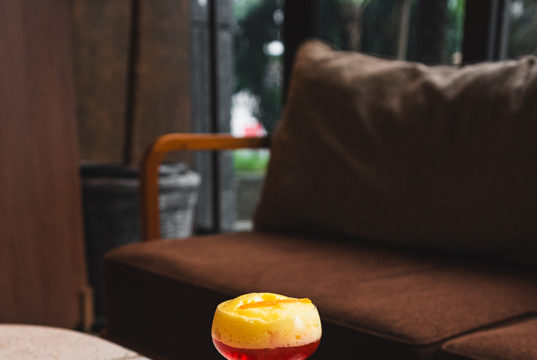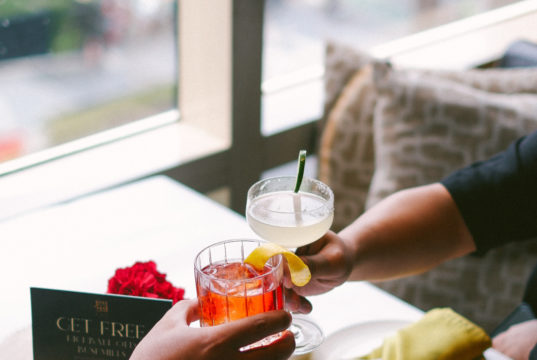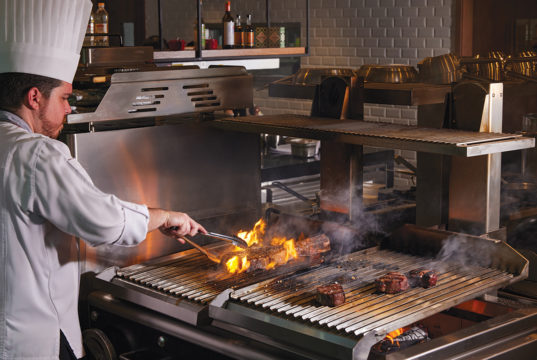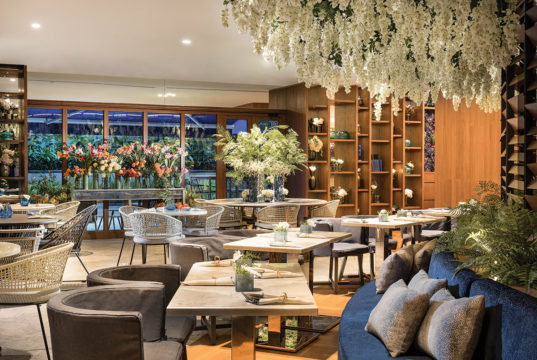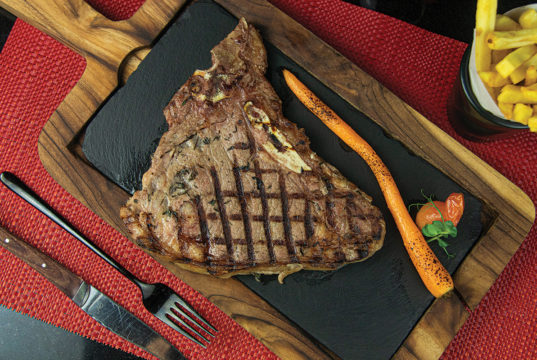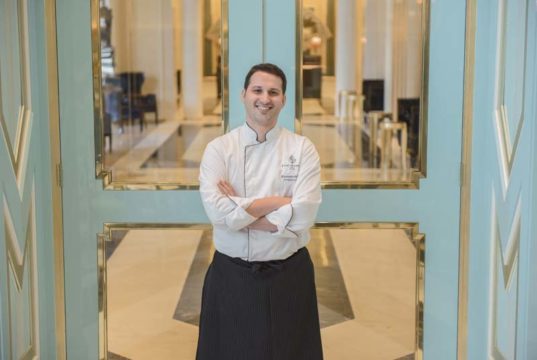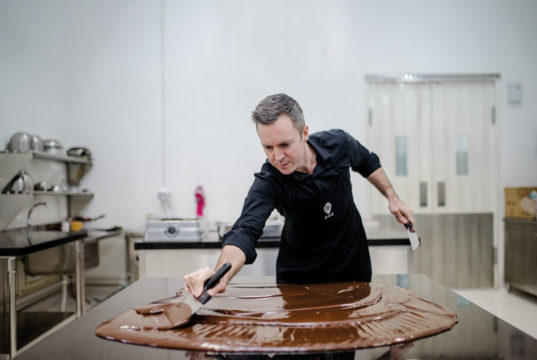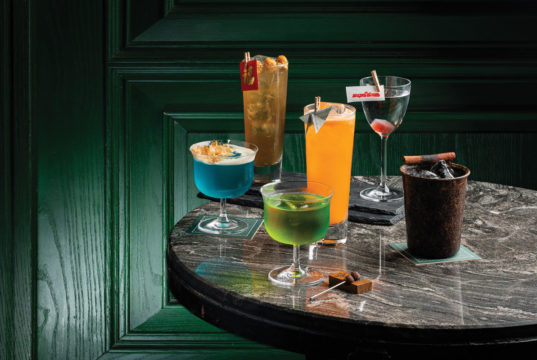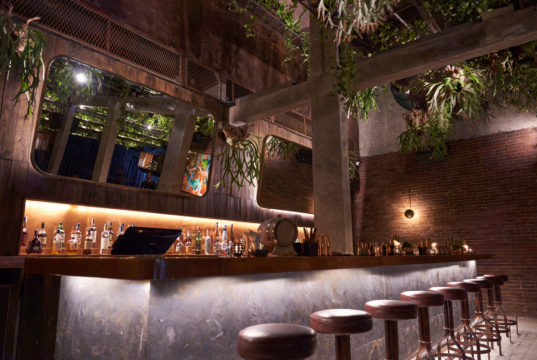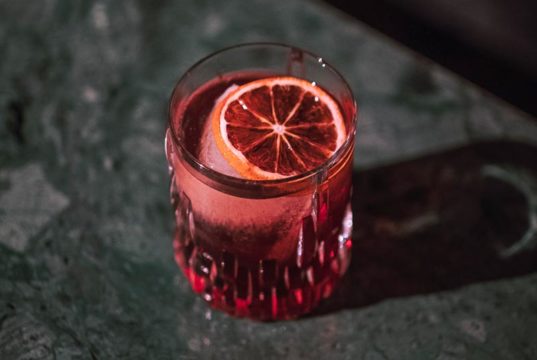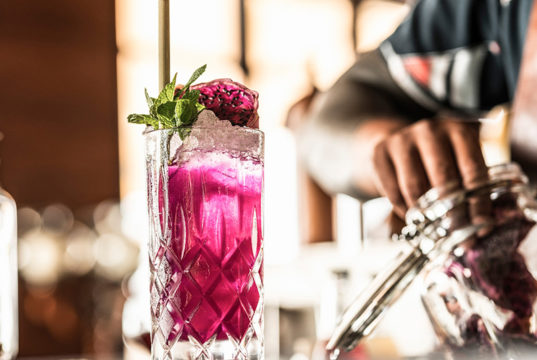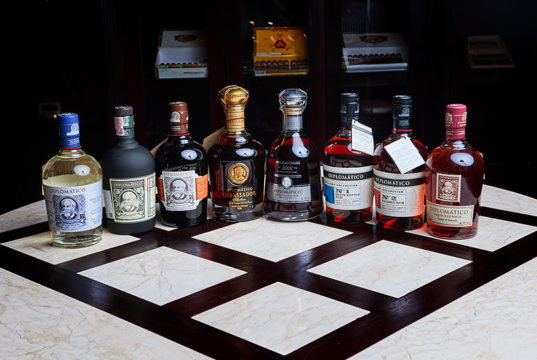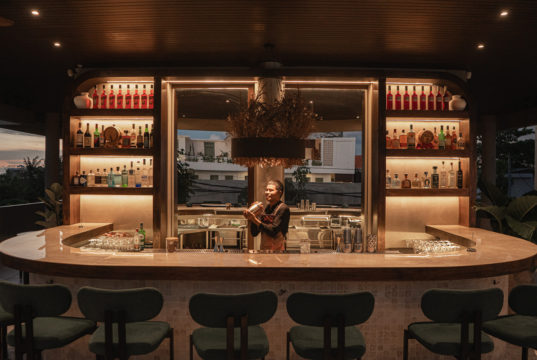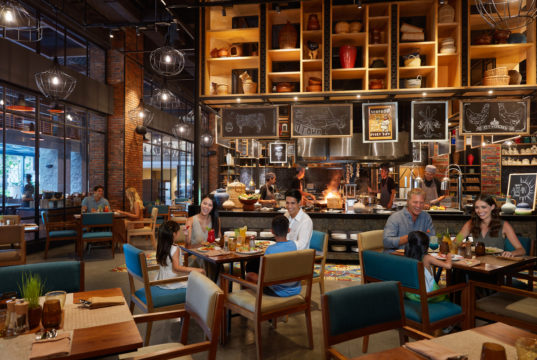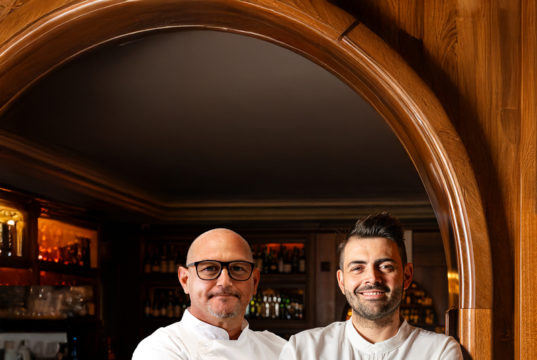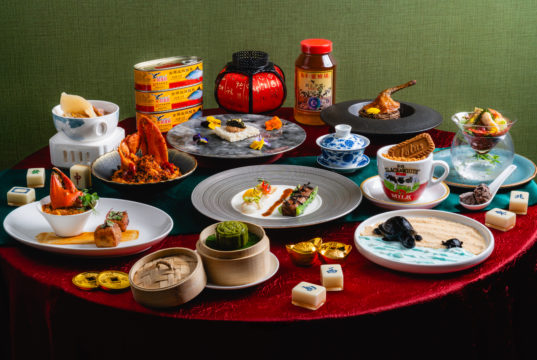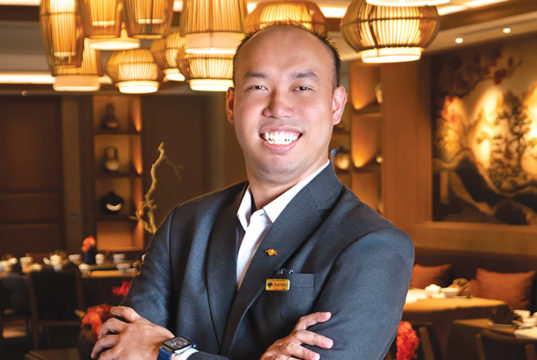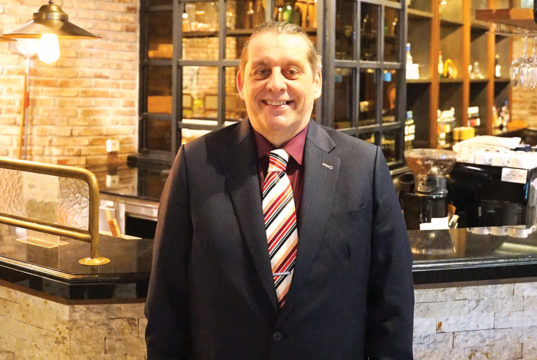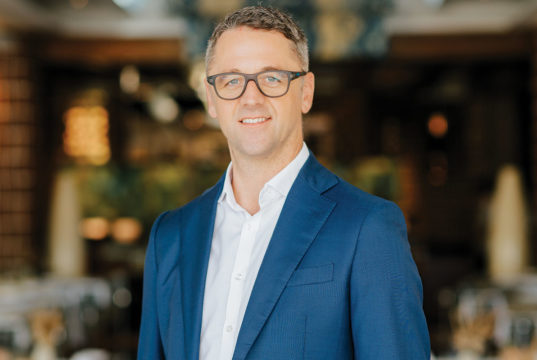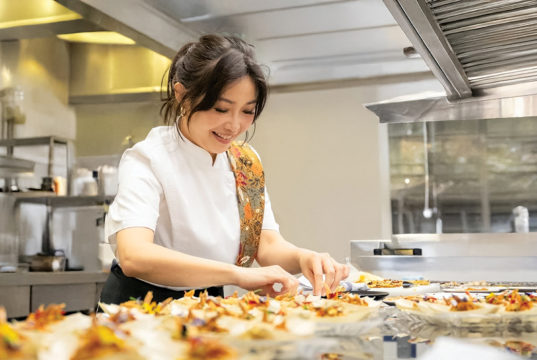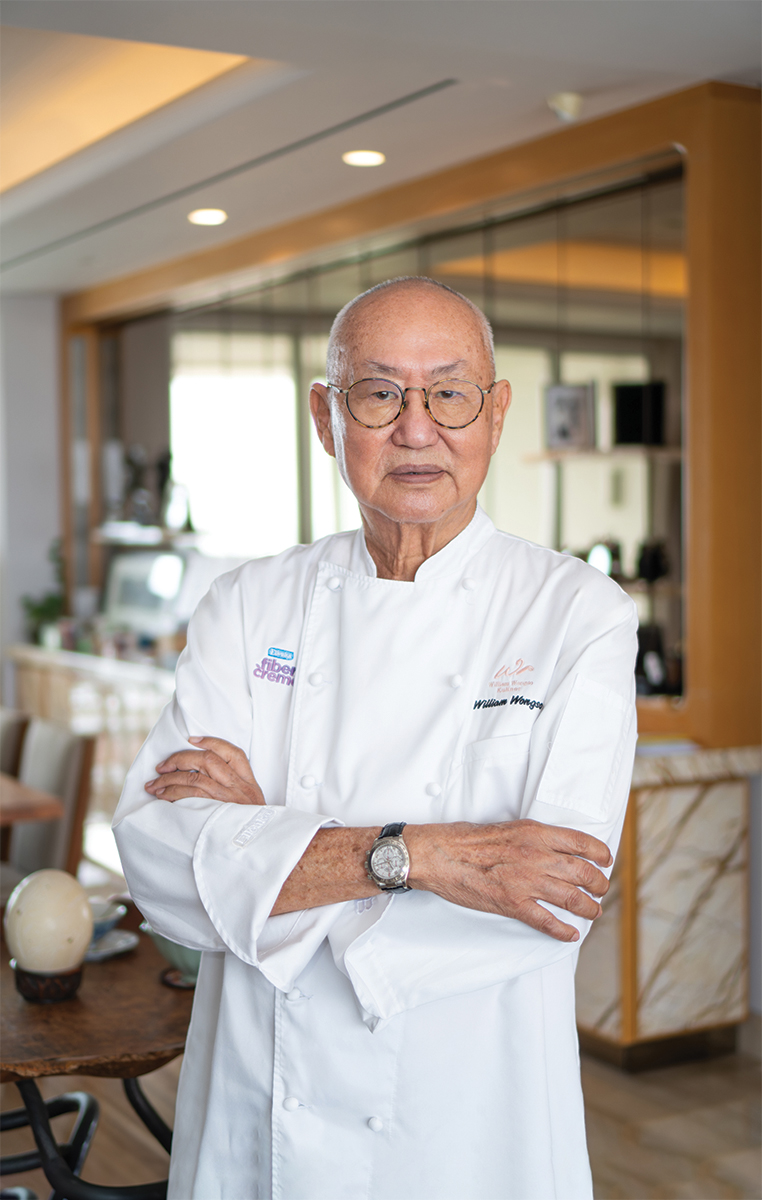 William Wongso has dedicated his life to preserving Indonesia’s culinary identity while bringing it to the global map. From the kitchens of West Sumatra to the heart of Dayak communities in Kalimantan, he believes that authentic flavour can only be found through genuine, lived experience.
William Wongso has dedicated his life to preserving Indonesia’s culinary identity while bringing it to the global map. From the kitchens of West Sumatra to the heart of Dayak communities in Kalimantan, he believes that authentic flavour can only be found through genuine, lived experience.
– by Hesikios Kevin –
E: What drives your passion for preserving and promoting Indonesian cuisine globally?
A: With the rise of social media, food content has become one of the most shared and celebrated topics online. Despite Indonesia’s rich and diverse culinary heritage, I have noticed that we remain underrepresented compared to countries like Vietnam, Korea, China, Japan and Thailand. This observation motivates me to give Indonesian cuisine the recognition it deserves and help it secure its place on the global culinary map.
E: How do you balance innovation while staying true to traditional Indonesian flavours when creating a dish?
A: I ensure that traditional flavours remain at the core of each dish I create. I focus on using authentic Indonesian spices because that is where the soul of Indonesian food lies. Innovation comes from the quality of ingredients and how the dish is presented, but I never want to lose the essence of what makes it truly Indonesian.
E: You’ve played a crucial role in introducing Indonesian cuisine internationally. What challenges have you faced in gaining global recognition for these flavours?
A: One of the main challenges is the limited number of Indonesian restaurants abroad, especially compared to countries like Thailand. Unlike Vietnam, which has established strong overseas communities through migration, Indonesia has not experienced the same cultural spread. As a result, our cuisine has not gained the same exposure it deserves. Finding Indonesian cooks who deeply understand and can represent the country’s diverse food culture remains challenging.
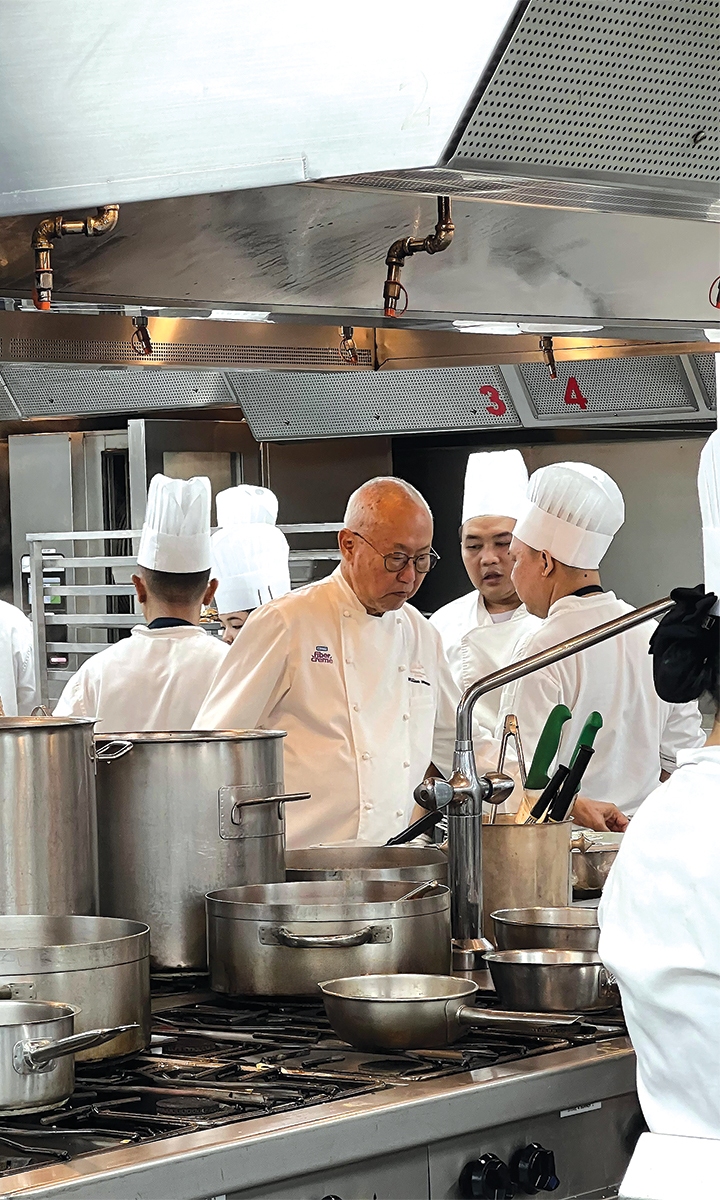 E: With your extensive travels across Indonesia, which regional dish do you believe deserves more international attention, and why?
E: With your extensive travels across Indonesia, which regional dish do you believe deserves more international attention, and why?
A: Indonesia boasts one of the most diverse food cultures in the world, spread across thousands of islands. If I had to choose one regional cuisine that deserves more international attention, it would be West Sumatra. Dishes like Rendang are already cherished nationwide and widely available in Rumah Makan Padang. This popularity is one reason I suggested West Sumatra as a location for Gordon Ramsay’s Uncharted series.
E: How has Indonesia’s culinary landscape evolved since you started, and what changes do you hope to see in the future?
A: Indonesia’s culinary scene has evolved, with more restaurants and rising interest; however, many still don’t reflect the depth of our traditional cuisine. One significant challenge is the lack of culinary research and the absence of younger experts who genuinely understand regional food. Learning Indonesian cuisine requires time, travel and dedication. I hope to see more support for culinary education and programmes like Indonesia Spice Up the World, which promote our spices and help preserve our food heritage.
E: Beyond your work in the kitchen, how do you mentor the next generation of chefs to carry forward Indonesia’s rich culinary heritage?
A: I always tell young chefs this: you can Google everything, but you can’t Google taste. There may be countless recipes online, but you need to experience flavours first-hand, and that takes effort. If you want to learn authentic Acehnese cuisine, go to Aceh. If you’re curious about Dayak food, spend time with the Dayak community to understand how they cook using local ingredients. My advice is straightforward: if you are serious, go to the source and learn directly from the experts in each region.
Exquisite Taste Volume 47
William Wongso
IG: @williamwongso




